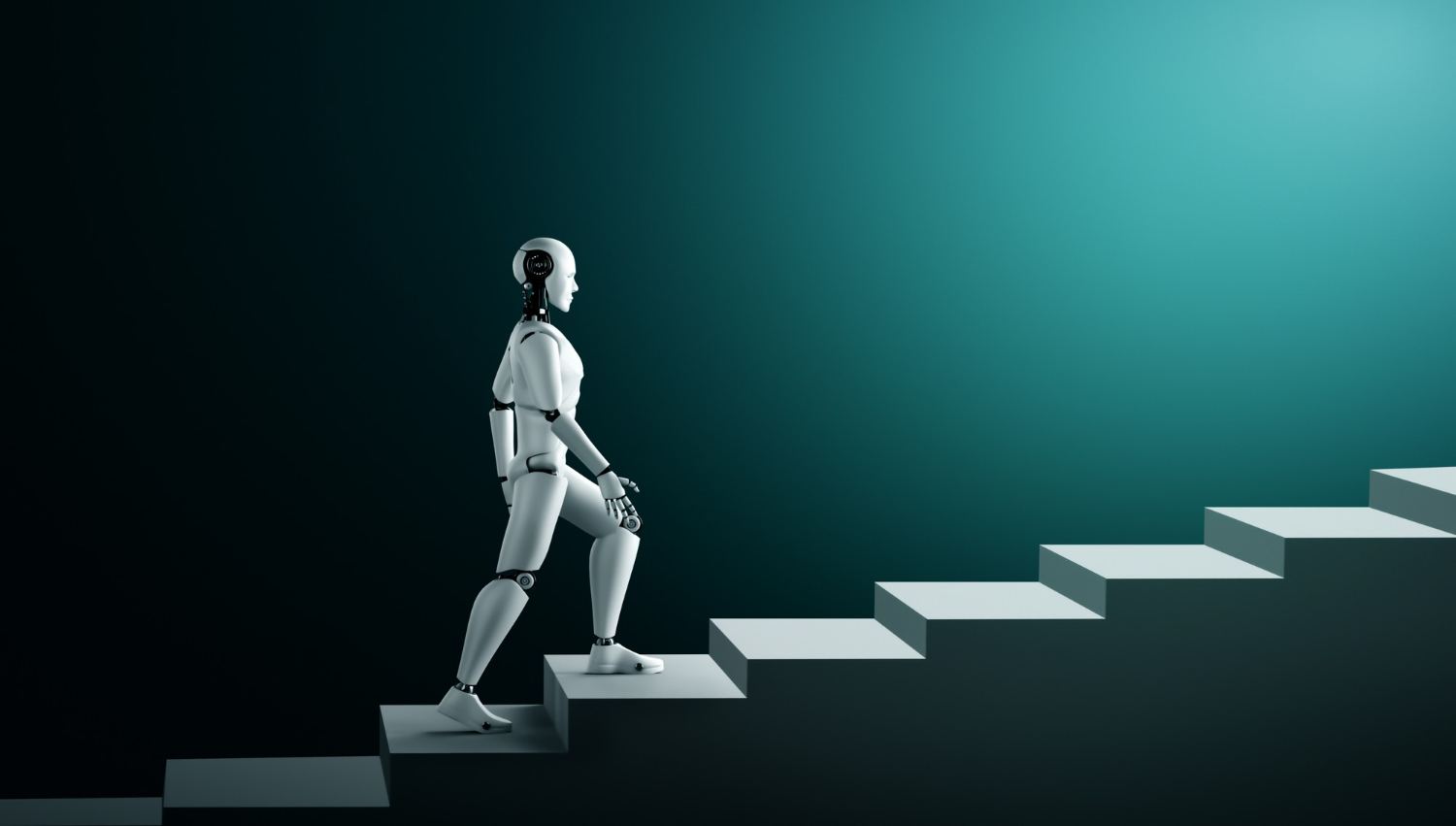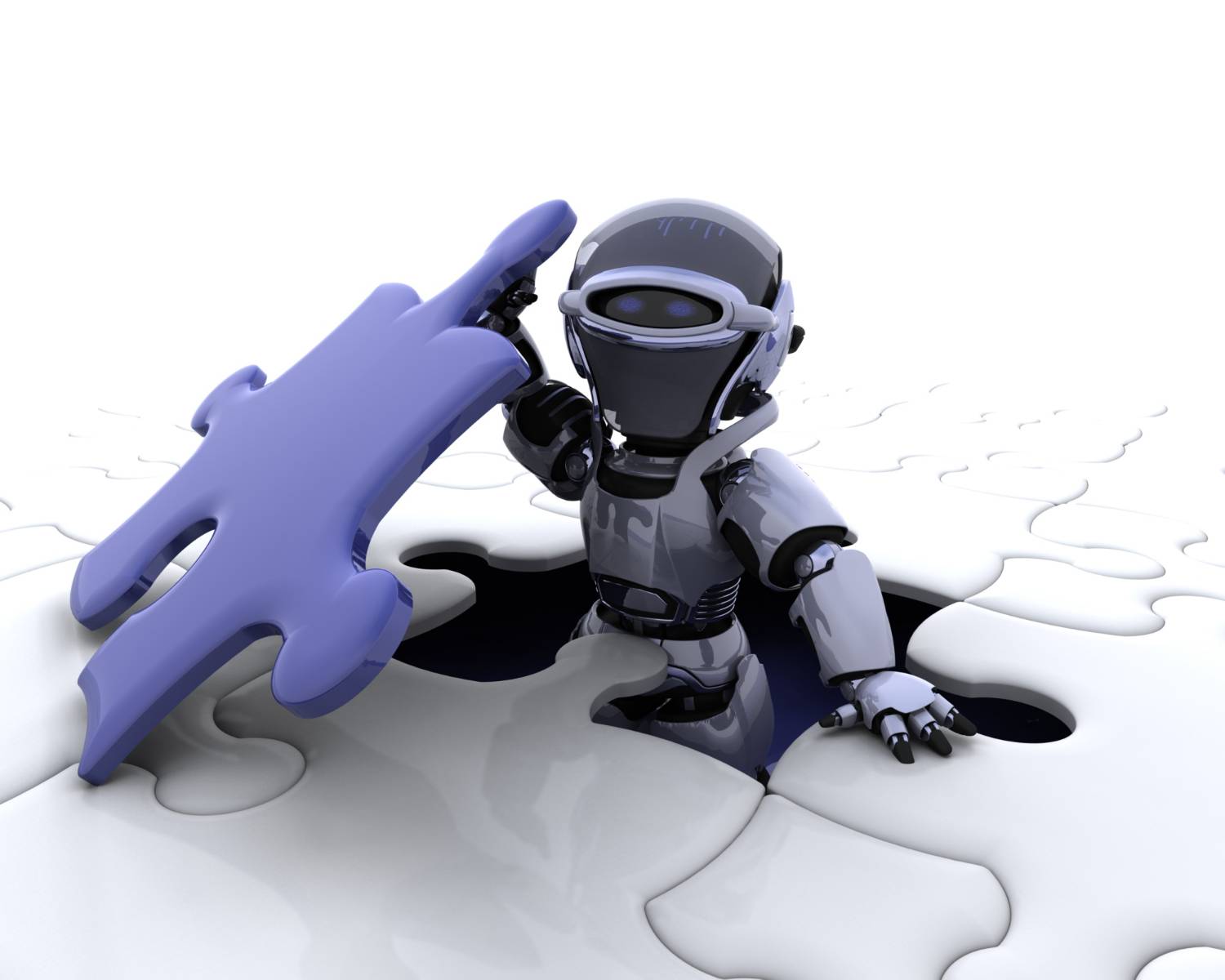The AI Robot era has radically changes our idea of the future. Today, robots are becoming not only assistants in production or in everyday life, but also full -fledged companions who are ready to carry out the most difficult tasks. In this article, we will consider how modern engineering, including achievements in the field of Humanoid Robot, carries out a breakthrough across the boundaries of the possible, and also discuss the main challenges in the path of development.
Technological foundations
To understand the scale of progress, you should get acquainted with the key components, thanks to which Optimus Robot and its counterparts are able to function in the real world:
- Sensory systems: The multi -speaking approach includes Lidar, high -definition cameras, infrared and ultrasound sensors for orientation in space.
- Real data processing: Powerful neural network processors and hybrid computing architectures provide an instant analysis of the information received.
- Actual mechanisms: servo drives and piezo elements allow you to achieve the accuracy of movements comparable to human.
- Nutrition and autonomy: Innovative battery technologies and elements of fuel cells extend the working hours without recharging.
Key opportunities
Today, Humanoid Robot is capable of a wide range of actions, from repeating the simplest movements to complex manipulations:
- Industrial robotics: assembly lines, loading and unloading, quality control.
- Service: Hotels, restaurants, retail trade - artificial intelligence analyzes the mood of the client and corrects behavior.
- Medicine and rehabilitation: Help people with disabilities, participation in surgical operations under the control of the surgeon.
- Education and research: Interactive assistants, training programs, participation in field expeditions.
It is important to understand: modern AI Robot is not just a set of mechanisms, but a synthesis of hardware and software solutions, where the central role is assigned to machine learning algorithms and adaptive control systems.
Technical calls
Despite impressive achievements, serious tasks are facing engineers and scientists:
- Stability and safety of movements: At high speeds, calibration errors leading to accidents are possible.
- Integration with infrastructure: robots must interact with existing systems of smart buildings, transport, communication networks.
- The complexity of programming: The creation of “general artificial intelligence” requires the unification of languages, protocols and standards.
- Energy consumption and heat voltage: High -performance calculations are accompanied by a significant release of heat, which must be effectively scattered.
- The quality of materials: Soft and flexible components that can simulate muscle tissue, so far remain expensive and difficult to scalable.
It can be noted that each of these problems is a separate area of intensive studies. For example, in projects involving Optimus Robot, engineers test new light alloys and composite materials.
Ethical and social aspects
The appearance of Humanoid Robot in everyday life raises a number of issues beyond the framework of technical solutions:

- Data confidentiality: How to protect the user's personal information from unauthorized access?
- Psychological perception: How do robots affect people emotionally? Is it worth expecting addiction or phobia?
- Labor relations: What happens to the labor market if AI Robot becomes more productive than a person?
- Legal regulation: who is responsible for the possible harm caused by the robot? How to regulate intellectual ownership of algorithms?
- Social justice: The availability of advanced decisions for different countries and segments of the population.
These issues require the participation of not only engineers, but also philosophers, lawyers, politicians and representatives of public organizations.
Future and prospects
Perhaps the most important thing in the development of AI Robot is the ability to learn new skills on your own. Already, experiments are underway where robots during simulations and real tests improve algorithms for movement, manipulation of objects and interaction with people.
Among the main directions for the next decade, one can distinguish:
- Humanoid collaborative robots: Joint work with people in limited space and in dangerous conditions.
- Autonomous mobility: New generation unmanned vehicles that can adapt to a complex urban environment.
- Bioonic interfaces: Integration with neuro interfaces for direct management of prostheses and robots by the power of thought.
- Emotional algorithms: The development of sensory intelligence for a more natural and ethical interaction with people.
The experience of projects, where Optimus Robot is involved, shows that by 2030 we can see new generation robots capable of performing medical operations, rescue missions and even creative work.
Conclusion
The development of Humanoid Robot is not just a technological challenge, but also a global social transformation. At the crossroads there is a question about how we can harmoniously integrate robots into our lives, preserving humanity and ensuring security. It is important that AI Robot and related innovations serve the common good, and not become an instrument of inequality or control.
In the coming years, serious discoveries and, possibly, unexpected turns. But one thing is clear now: the boundaries of what was considered science fiction is gradually eroding. And it depends on ours today that the world will be tomorrow - where “rational machines” and people will work and live side by side, creating new horizons of the development of civilization.


